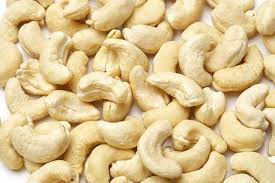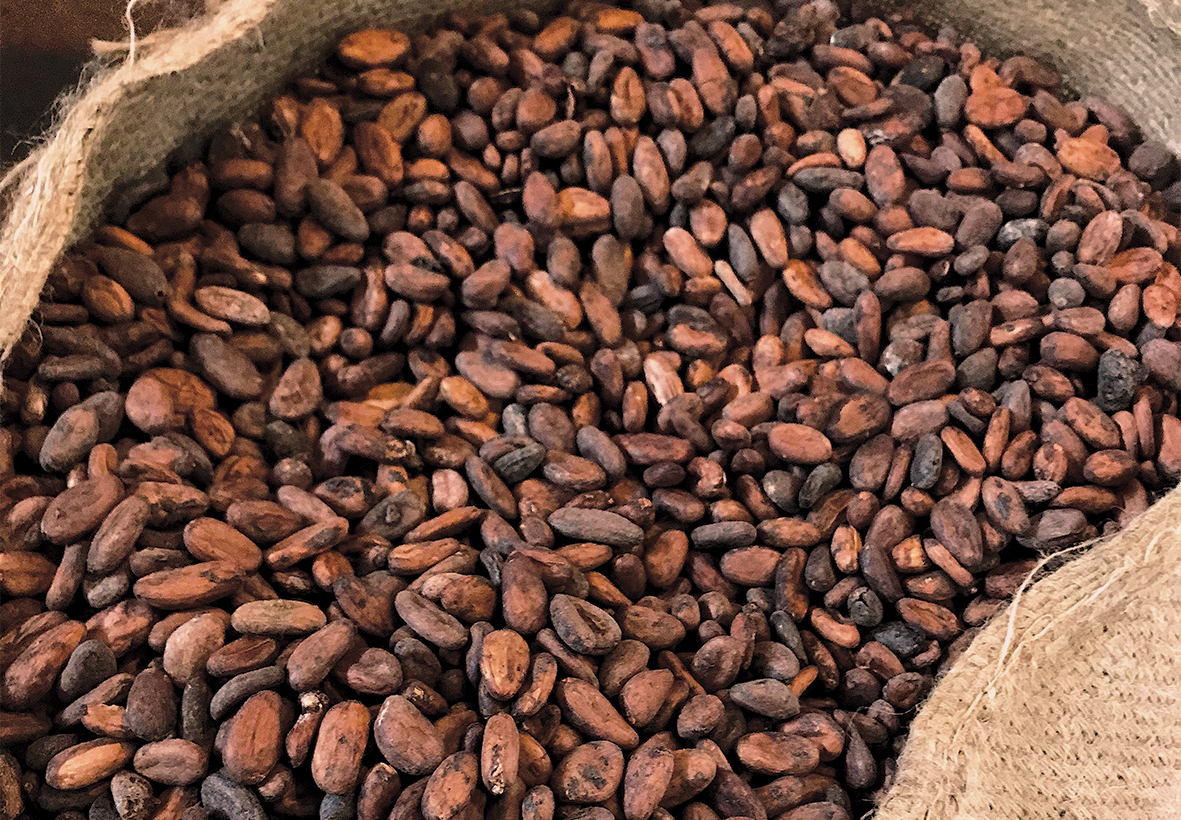Cocoa Beans
Category
Agriculture
Sub-Category
Agricultural Greenhouse
Completed orders
0
Price
$550.00
Delivery Cost
$80.00
Minimum Order
2
pieces
Location
South Africa , , ,
Cocoa beans are the almond-shaped seeds inside the fruit of the cacao tree, which is called a pod. As we’ll see, it’s an essential raw ingredient in the chocolate production chain
Key Specifications:
- Flavor: Must have a characteristic chocolate flavor and be free from hammy, smoky, burnt, earthy, musty, or foul odours.Defects: Limited mold, slaty, germinated, flat, or insect-damaged beans are allowed.Moisture: Maximum of 7.0% moisture content in whole beans.Foreign Matter: Maximum of 2% foreign matter (including shells, fines, and wastes).Bean Count: Minimum of 95 beans per 100g, maximum of 103 beans per 100g.Size: Beans should be reasonably uniform in size, with a limit on the percentage outside the range.Grade: Different grades (Grade I, Grade II, etc.) have varying defect limits.Inspection: Inspection and grading standards may vary depending on the region and exporter.Packing: Usually packed in jute bags.Storage: Should be stored in a dry, well-ventilated area.Microbial Standards: Negative for Salmonella in 25g.Standards and Organizations:ISO 2451:Provides a global standard for cocoa beans, including requirements, classification, sampling, and test methods.Sets minimum requirements for cocoa beans within the ASEAN region, including quality and keeping quality standards.Sets higher quality standards for Ghana cocoa, known for its good fermentation and drying methods.Codex Alimentarius Commission:Establishes maximum residue limits for cocoa beans.
Company Rating

Overall Rating
Description Rating
Delivery time
Contact
Professionalism
You may like this

Cashew Nuts
Price: $1500.00 per piece


